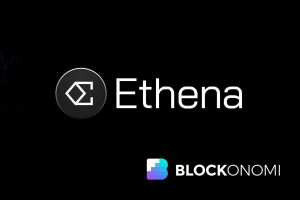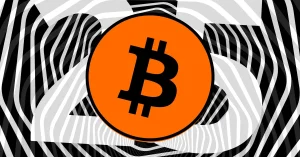JP Morgan Wary of Ethereum Network Post-Merge

Ethereum’s future has been the topic of discussion since the Merge was introduced. The network post-Merge has raised concerns not only among the investors’ community but also among leading figures and finance institutions, including JP Morgan.
JPMorgan Sees Issues
Leading global financial institution JP Morgan shared concerns in a recent note as reported by CoinDesk. The giant outlined a couple of existing problems involved within the Ethereum blockchain after the landmark transitional completion.
Notably, JP Morgan is wary of the division in the Ethereum community. Disagreements about Ethereum’s shift of direction have undoubtedly opened up deep division within the community.
The blockchain previously employed the Proof-of-Work consensus in association with the arrival of machines and miners.
The latest Ethereum, on the other hand, forces the abandonment of PoW and mining activity, causing business loss to a great number of miners. Proof-of-Stake consensus guarantees a cheaper, faster, and less energy-intensive operation.
However, it’s an unfavorable idea to Ethereum miners.
To keep their business afloat, several voted to launch a blockchain fork that maintains the current PoW method.
The fork plan EthereumPoW (ETHW) has split the Ethereum community into three parties including absolute supporters of the fork, the opposers, and those entities who choose both. Overall, Ethereum has to share its power with the fork version.
New Directions
In addition to the community split, Ethereum becoming less decentralized is also among JP Morgan’s biggest concerns. In fact, the decentralization nature of the network has been the headlines due to a series of events such as the Tornado Cash sanction, not just the Merge.
The bank noted that, “as [just a] few entities command the majority share of staked ETH.” The big question is what would happen if these entities got into trouble. The ecosystem could be led astray.
This fact simultaneously leads us to the latest speech by the United States Securities and Exchange Commission (SEC). The SEC declares that all Ethereum transactions are subject to US jurisdiction.
Within hours of Ethereum’s successful consolidation last week, the SEC Chairman hinted that the shift could bring the network closer to the government’s concept of security.
SEC’s statement, however, made complete sense. Given that the transactions of Ethereum take place in the USA, it is because approximately 46% of the network’s validation nodes would be located there.
Finally, JP Morgan stated that Ethereum will continue to fall in the short term. Ethereum (ETH) has returned to the red after climbing 10% since the FOMC statement on Wednesday.
Selling Pressure
The second largest token fell below $1300 in Friday’s session. The dip on Wednesday comes after the Fed and the Bank of England opted to hike key interest rates. If the bear market continues, Ethereum (ETH) might fall to $1000.
At the start of the US session, ether, which has spent the majority of the day in the negative, is surging towards $1300. In the last seven days, Ether has lost 12% of its value.
Furthermore, this increase comes as the price of this cryptocurrency remains stable around the $1,280 support level. As a result, Ethereum may be on the verge of a bull run.
However, numerous levels of resistance appear to be standing in the way of a bull run. The $1480, $1650, and $2000 resistance levels are among the most crucial.
A breakout from these levels appears to be the most reliable indicator of a term bull run. Ethereum’s position is under threat, particularly when Nasen released its quarterly report on Solana on September 19.
According to Nansen’s data, the Solana network appears to be in good form. Since mid-April, it has seen more than 400,000 active wallets every day.
On May 22, 942,000 active wallets broke the network utilization record. The number of daily wallets has continued to fall after this ATH, but it is still above 400,000. Solana holds up fairly well versus Ethereum.














